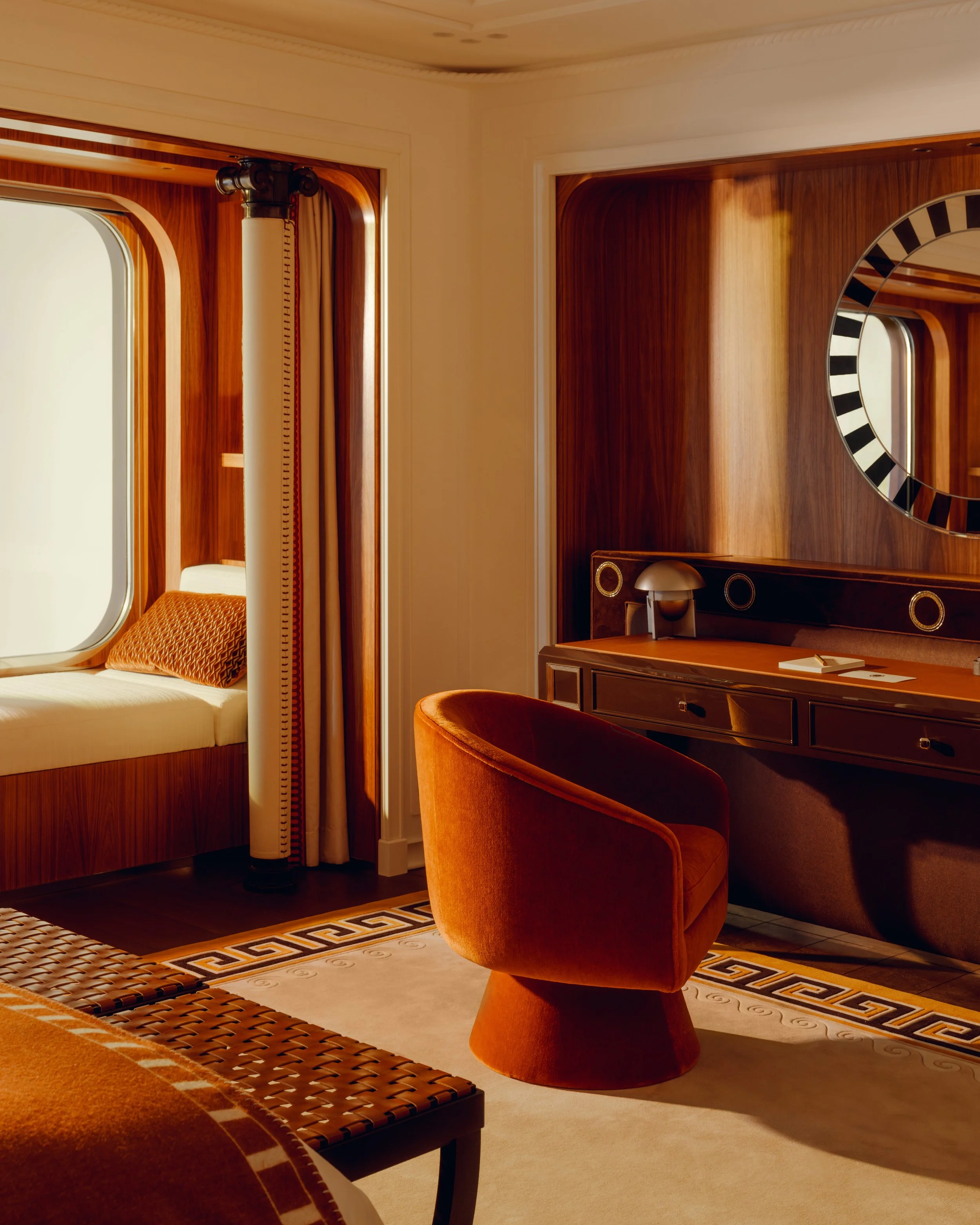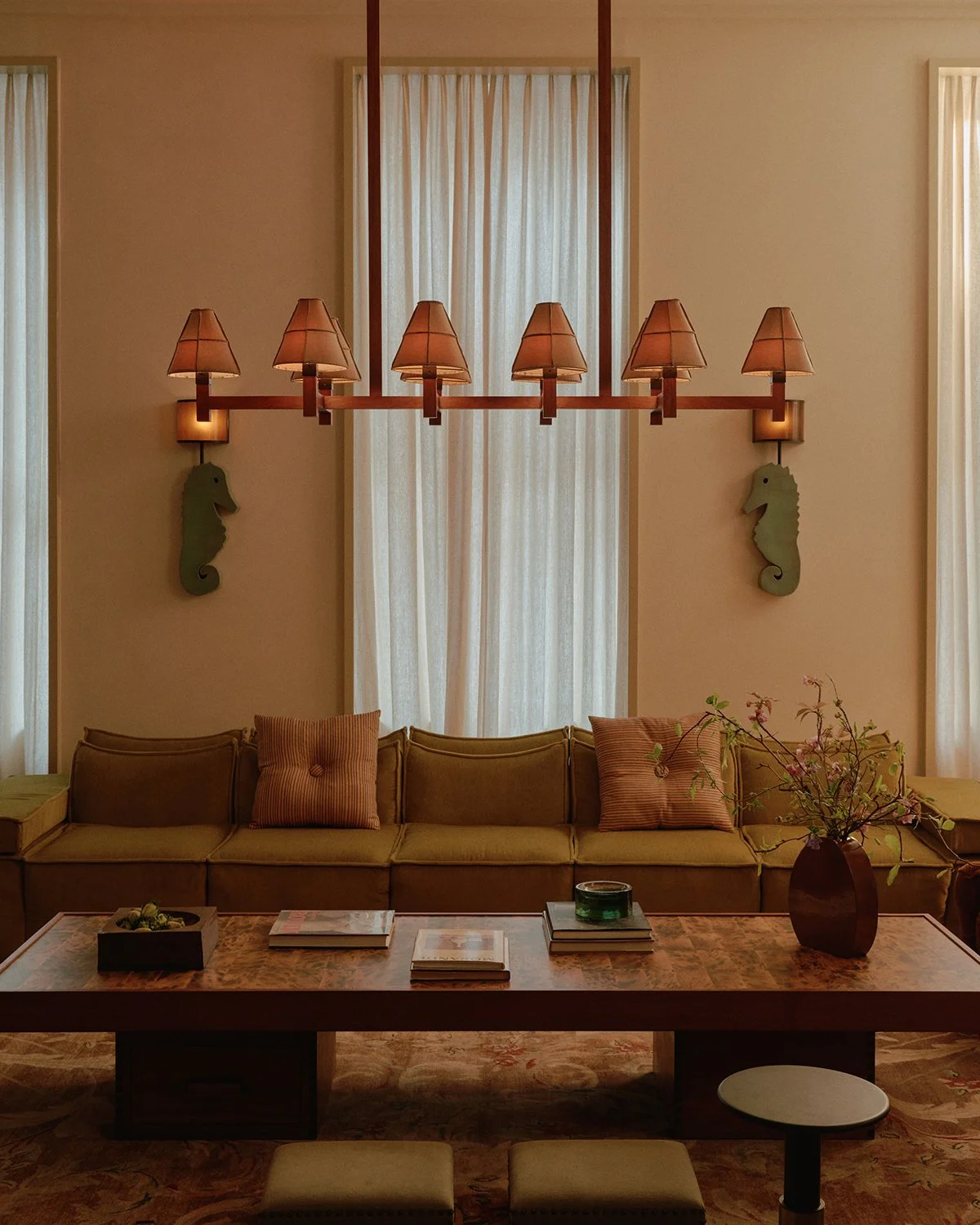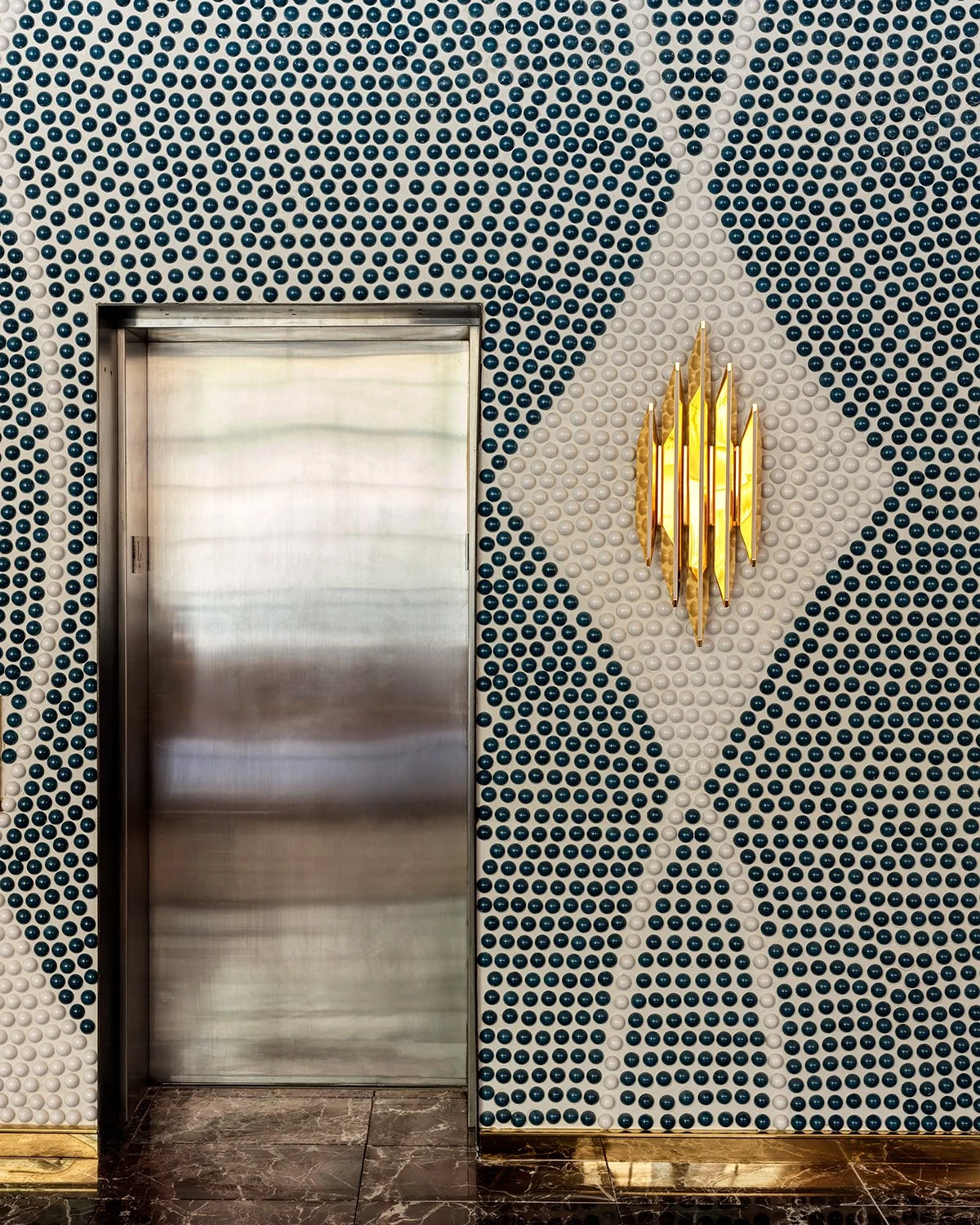Interior Design Trends to expect in 2025
The world of interior design is constantly evolving, and 2025 is shaping up to be filled with bold choices, unique textures and shapes, and a deep focus on personal expression.
Organic Volumes
Characterised by natural materials, earthy tones, and handcrafted forms that connect with nature, organic volumes are exemplified by South American designer Rafael Triboli with his soulful, sculptural furniture crafted from Brazil’s dark, native woods like mahogany and imbuia.
During the pandemic, Triboli transitioned from scenography to collectible design, finding inspiration in artists like Donald Judd and Eileen Gray. His work blends smooth yet raw textures with spiritual motifs, incorporating carved patterns and bronze inlays he likens to amulets. Each piece exudes warmth and grounded elegance, from minimalist daybeds to intricate cabinets.
Art Deco
Art Deco elegance returns in 2025 with the Orient Express Corinthian, a 220-meter sailing yacht blending 1930s glamour with modern innovation. Designed by Maxime d’Angeac, its interiors feature wood, leather, and marble crafted by master artisans. Panoramic suites, speakeasy-style bars, and Art Deco-inspired cabaret spaces exude timeless sophistication.
Powered by 4,500 square meters of sails, the yacht achieves sustainable luxury while offering a uniquely refined travel experience. This maritime marvel encapsulates Art Deco’s spirit of innovation and elegance, marking its grand comeback this year.
Earthy tones Are Staying
Earthy tones continue to dominate, as seen in the growing acclaim for Shane Gabier’s ceramics. Gabier, a former fashion designer, has gained widespread attention for his richly textured pieces inspired by Modernist design, ’70s psychedelia, and Brutalist architecture. His creations, from seahorse-shaped sconces to geometric soap dispensers, balance functionality with artistic expression, embodying the enduring appeal of natural hues.
For 2025, Gabier plans to delve deeper into larger interior projects, exploring tiles and ceramics that celebrate earthy palettes. These tones remain a design favorite for their ability to ground spaces while offering versatility and timelessness. The enduring popularity of these shades proves they’re more than a trend — they’re a staple of thoughtful, contemporary design.
Lacquered Everything
Lacquer merges timeless tradition with modern aesthetics. French studio Garnier & Linker’s new Kami collection exemplifies this resurgence, featuring furniture wrapped in Japanese urushi lacquer. Inspired by Kyoto’s Kitayama cedar, the designers blend French craftsmanship with Japanese techniques, echoing historic collaborations like those of Jean Dunand and Seizo Sugawara.
The glossy, durable finish of lacquer adds depth and elegance to furniture, making it a statement to any space. Its ability to bridge cultural and design traditions ensures its lasting appeal in contemporary interiors.
Textured Walls
Textured walls are redefining interior, as seen in New York’s chic Soho hotel, The Manner. Designed by Verena Haller and Hannes Peer, the hotel’s lobby features standout textured walls with teal and cream semi-spheres, creating depth and character. Columns wrapped in relief tiles and a concrete fireplace with a bronze flue add to the tactile appeal.
Throughout the hotel, rich materials like velvet, lacquer, and metal create a playful yet sophisticated atmosphere. Textured walls showcase how bold surfaces can elevate spaces with unique, dynamic designs. This brings personality and warmth to modern interiors, making it a must-try for any design enthusiast.




